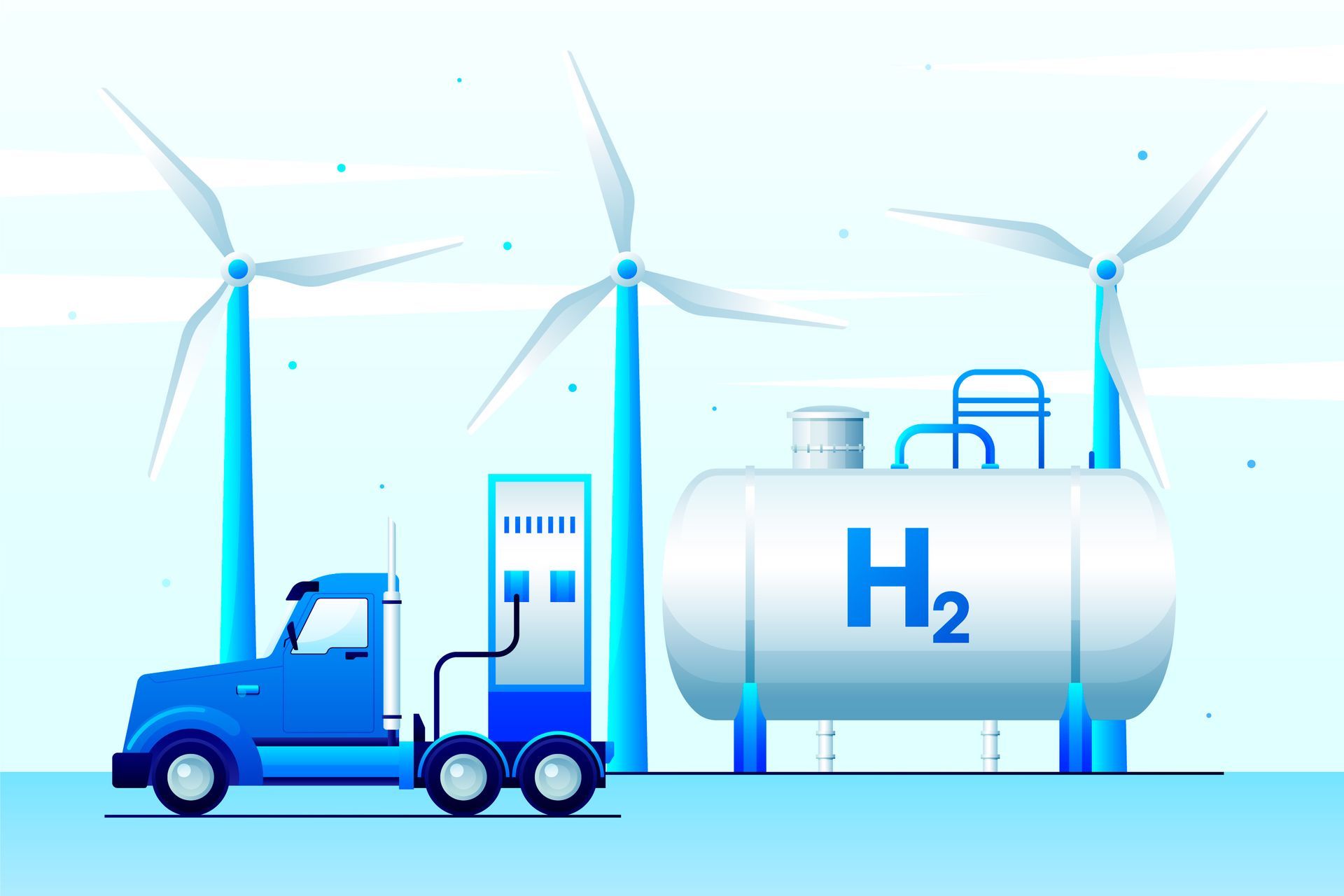5 reasons why mobile technology can provide better patient care
Author: Sarah Daren
It doesn’t take an in-depth look at the healthcare industry today to observe a large increase in application and implementation of various technologies. From robotic surgical arms to a tablet device utilized in virtually every doctor’s visit to capture patient health data in real time, there’s no question that technology is becoming deeply entrenched in how healthcare is administered. This can create a number of substantial benefits for both patients and for medical professionals alike.
One of the largest categories of technological implementation in healthcare is that of mobile technology, or the ways that mobile smart devices and similar can be used to propel patient care. Here are a few ways that mobile technology is changing the game for healthcare provision and the patient experience.
Reason One: Mobile Technology Can Make Patient Care More Efficient Through Automation
Providing adequate patient care includes countless tasks and operations that are routine and repeated. Actions like taking vital signs, distributing medications, providing basic subsistence care, and more might be performed thousands of times a day even just in a single large hospital. Completing these types of tasks can prove of the most labor-intensive parts of the healthcare system.
Nurses and other medical personnel who are responsible for completing these care tasks fulfill complex, demanding roles and are often overworked. Much of their time is spent on menial tasks that could be assisted by automation techniques made possible by various technologies. Mobile technology can provide one type of solution. This might look like using device reminders to prompt medications, measuring vital signs via devices that patients can operate themselves, or self-serve prescription and fulfillment services that can make medical professionals’ lives easier and automate parts of their jobs so they can concentrate on more hands-on and meaningful care activities.
Reason Two: Mobile Technology Offers New Channels of Communication
With the rise of mobile technologies came vastly increased abilities to connect people together. The healthcare provision landscape has utilized this ability in multiple ways. This can be particularly evident in the way telehealth offerings have developed over the past 3-5 years. Telehealth utilization has skyrocketed over the past half-decade and has provided a means for countless individuals to take advantage of healthcare services in places or situations that might have otherwise significantly hampered their ability to access care.
However, telehealth isn’t the only way in which mobile technology has changed communication within the healthcare provision landscape. Medical service providers are now able to provide more personalized and more timely information than ever before via newsletters, apps, push notifications, and tools that share information via SMS messages and social media platforms. These types of communications can be much more timely than more traditional forms of communication like relying on post or phone calls and can prove much more effective in reaching and educating their patients.
Reason Three: Mobile Technology Can Help Medical Personnel Provide Better Care
A number of medical mobile apps and other mobile technology resources for medical professionals have become significant aids for healthcare providers in the past decade. These mobile technology applications and references allow medical professionals to access pertinent databases, references, and knowledge bases instantly from their mobile devices or tablets.
These kinds of apps can range from medical term glossaries and dictionaries to research journals, drug incompatibility checkers, and best practice guides. They make sources that would have previously needed to be memorized, kept in printed form on the premises, or accessed via a desktop computer available instantly and completely portably. Making references like these portable and immediately available can help medical personnel serve their patients much more effectively, as well as help avoid costly or even dangerous mistakes that might have been made otherwise by medical providers that relied on their best guesses or faulty remembrances. They have fundamentally changed how medical staff stay informed, make decisions, and access the help they need to make the best diagnoses possible for their patients.
Similarly, there are a number of apps available today that provide other types of assistance and support for medical personnel. These range from mindfulness apps to nursing shift schedulers, personal care apps, and more. Offerings like these can help medical professionals that are overworked and would otherwise operate in danger of making stress- or exhaustion-induced mistakes.
Reason Four: Mobile Technology Can Capture Medical Information Using Personal Devices
As mobile technology becomes more sophisticated, even personal devices such as smartphones, smartwatches, and fitbits can capture various biological metrics (and at increasingly high levels of accuracy) that would have been unheard of even five years ago. Blood pressure, pulse and average heart rate, sleep quality, activity levels, hormonal disruptions, diet profiles, and more can now be easily tracked by devices the average person likely owns.
While some of this information could be more easily and perhaps more authoritatively collected by industry-quality machinery, the advantage that collecting this information via an individual’s mobile device offers is its constancy and longevity. Rather than a medical professional having only a single reading to work with or requiring a patient to come to a doctor’s office daily or weekly to have readings taken for a period of time to make a diagnosis possible, mobile devices can provide volumes of information – sometimes months or even years of real-time tracking – at a moment’s notice. This information can provide medical personnel with insights that wouldn’t have been possible before the advent of mobile technology’s ubiquity.
Reason Five: Mobile Technology Enables More Efficient and Effective Care from Start to Finish
These various aspects of mobile technologies and the ways they can improve patient care can sometimes seem inconsequential on their own. However, the net value and effect they can have on the patient care experience as a whole is proving massive and industry-changing. Utilizing the power of mobile technologies in the process of patient care can greatly reduce monetary and time costs both for the patient and for the provider. It can increase the accuracy of diagnoses. It can streamline the care process and provide a better overall patient experience. It can cut down on costly mistakes and delays. And it can streamline and automate time-consuming processes so that the patient and the provider can both concentrate on the things that are much more important.
Mobile technology is quickly making itself a core element of service provision across a range of healthcare service provision types. It has changed how patient care looks in a variety of ways. As mobile technologies and components continue to develop, this trend will likely only increase in the coming years.
About the author: With a Bachelor’s in Health Science along with an MBA, Sarah Daren has a wealth of knowledge within both the health and business sectors. Her expertise in scaling and identifying ways tech can improve the lives of others has led Sarah to be a consultant for a number of startup businesses, most prominently in the wellness industry, wearable technology and health education. She implements her health knowledge into every aspect of her life with a focus on making America a healthier and safer place for future generations to come.
More articles!

By EuroScientist Editor
•
07 Sep, 2023
Hydrogen fuel can be made from wood waste in a clean and cost-efficient way at heat and power plants – and its developers hope it could change the narrative around this sometimes-controversial solution. By Steve Gillman & Fintan Burke The costs of scaling up hydrogen power, along with the potential amount of energy and natural resources to produce it, have seen this fuel source face increased scrutiny as a solution against climate change. “The majority of our electricity and hydrogen is produced from fossil fuels. This, of course, is not sustainable as it contributes to climate change,” said Michael Bartlett, a founder of Phoenix Biopower, a company that turns natural waste into combustible gas, like hydrogen. As part of a research project called Bio-FlexGen, Bartlett is developing ‘green hydrogen’ from biomass waste from the forestry sector. “Our ultimate goal is to provide a secure, renewable and low-cost energy for society and industry,” he adds. Bio-FlexGen, and its multidisciplinary team of 14 partners from five EU countries, aim to provide the technology for combined heat and power plants (CHP) that can also generate a supply of green hydrogen in addition to usual outputs of electricity and heat. To make green hydrogen, Bio-FlexGen will use a combination of two main technologies – a gas turbine and a gasifier. First, waste biomass is added in a gasifier at pressure and heated up to 850 Celsius – a temperature so hot that it releases other gases, mainly hydrogen, methane, and carbon monoxide. The next step sees water and steam added to cool before it passes through a cleaning filter. “Once we have cleaned up the gases from the gasifier, we can either send it to the gas turbine for combustion and electricity generation or to a hydrogen production unit,” said Bartlett, adding that this process gives “enormous power” and efficiency to the CHP plant. The high temperatures of this process, over 1400 Celsius in the gas turbine combustor, also result in greater power generation. To ensure a high efficiency, the system is designed to gather waste heat and recycle it back into the gas turbine in the form of hot steam. This, Bartlett says, can result in double the electricity output that is typical for a given amount of biomass. The new approach means the CHP plant then has three modes of operation; 1/ produce heat and electricity efficiently from biomass in the winter 2/, produce green hydrogen and biogenic CO2 from biomass in the summer 3/ utilise hydrogen in the gas turbine for peak power. This flexibility means it can help keep costs low and stable and complements the hourly, weekly and seasonal variability of solar and wind power. Converting critics and pushing EU hydrogen plans ahead Bio-FlexGen’s systematic approach to incorporating green hydrogen could go a long way in negating the main arguments against this renewable energy, primarily the amount of natural resources it requires for its production. According to Rystad Energy, 620 million cubic meters of water are needed to produce 85% of the green hydrogen capacity planned for 2040. However, environmental groups like Greenpeace argue that renewable power alone is not enough to produce the needed amount of green hydrogen. If anything, they claim this may end up increasing fossil fuel demand. But Bio-FlexGen’s green hydrogen production utilises oxygen to drive the gasification process, itself a by-product of green hydrogen production from wind and solar power. “The main advantage of getting hydrogen from biomass compared to wind or solar is that it has less variability and is not dependent on electricity price,” said Bartlett. “It also requires less H2 storage (you store biomass instead) for when the wind doesn't blow.” When producing electricity from biomass in the CHP plant, a lot of steam is needed in the gas turbine for the best effect. In fact, 50% of the exhaust is just water vapour. This water is recovered, treated and recycled back to this process, and an excess of clean water can even be produced for other consumers. When this water is recovered, it also generates large amounts of heat, which the project can use further in district heating networks or other processes. In this way all the energy in the biomass is efficiently used. “We are working very hard to ensure that we are part of a circular biomass utilisation and that we are using hydrogen in the safest possible way,” explains Bartlett, adding that the project will make a “significant contribution to the decarbonisation of the energy system”. The first commercial plant using Bio-FlexGen’s approach is planned for 2030, in which the power plant will operate on biomass in the winter months and use 100% green hydrogen in the summer months, therefore displacing demand for fossil fuels in peak periods – a goal increasingly shared by EU policymakers. Following the war in Ukraine, and the embargo on Russian oil imports into the EU, the European Commission outlined a ‘Hydrogen Accelerator' concept to scale up renewable hydrogen deployment. This ‘REPowerEU Plan’ wants the EU to produce 10 million tonnes of renewable hydrogen by 2030, with the Commission recently proposing criteria that Member States can follow to ensure they produce green hydrogen, including that it only be produced when and where sufficient renewable energy is available. As BioFlexGen’s power plant will operate with up to 100% green hydrogen from solar and wind, with an optimised combination of bioenergy, it is already on course to meet these criteria. Bartlett also believes that the project has brought together “amazing, competent people” that can play a key role in developing green hydrogen further.

By EuroScientist Editor
•
07 Sep, 2023
Author: Jane Marsh Scientists are researching a theory known as positive climate tipping points. While most people talking about tipping points concentrate on their negative consequences, such as irreparable harm to ecosystems, positive tipping points provide a ray of hope. These points may result in favorable and constructive changes to our planet's climate system as the effects of climate change continue. Learn more about the idea of positive climate tipping points, consider their possible advantages and discuss their significance in understanding and tackling the problems caused by climate change. Understanding Tipping Points To fully understand positive climate tipping points, it is essential first to understand what tipping points are. Tipping points are key thresholds in a complex system where a minor change can cause significant and sometimes irreversible changes in the system's behavior. Harmful climate change tipping points may be the first type that comes to mind. These relate to occurrences like the melting of significant ice sheets or the disruption of essential ocean currents, which can have quick and harmful repercussions. However, there are also positive tipping points that may shape the future climate. Positive Climate Tipping Points Unlike negative climate tipping points, positive ones can increase ecosystem resilience and bring about encouraging changes. These turning points take place when certain environmental activities or changes trigger self-reinforcing mechanisms that improve the earth's capacity to absorb carbon dioxide, lower greenhouse gas emissions or support the preservation of vital habitats. Forest preservation and restoration is one illustration of a favorable climate tipping point. As forests grow and recover, they sequester a greater amount of carbon dioxide, which lowers the levels of greenhouse gases in the atmosphere. This process creates a positive feedback loop that encourages greater forest development and improves the ability of these ecosystems to control the temperature. Relevance and Implications of Positive Tipping Points Positive climatic tipping points must be recognized and utilized for mitigation and adaptation initiatives to succeed. Scientists and decision-makers can create targeted interventions to improve the planet's resilience and lessen the effects of climate change by identifying and utilizing these tipping points. Climate tipping points can also encourage and inspire group action. They provide concrete instances of how individual and group activities, such as reforestation programs, sustainable land management techniques and ecosystem restoration projects, can significantly contribute to the fight against climate change. The general public may take inspiration in carrying out sustainable behaviors or supporting laws that help effect positive change. Emphasizing these positive tipping points' potential advantages and ripple effects encourages individuals at all levels. While positive climate tipping points have great potential, it is important to recognize that our understanding of them is still developing. Further research is necessary. These tipping points require identification, monitoring and measurement, which demands continual study and scientific cooperation. Scientists use advanced modeling approaches and thorough data analysis to find potential positive tipping points across different ecosystems. Researchers are also looking into how positive and negative tipping points are connected. Scientists can create comprehensive plans to negotiate the intricacies of climate change and maximize beneficial results by thoroughly comprehending the relationships between these tipping points. Positive Climate Tipping Points Could Be a Game-Changer Positive climate tipping points demonstrate optimism in the fight against climate change. If people locate and utilize these tipping points, we may be able to develop self-reinforcing mechanisms that positively affect our planet's climate system. Scientists, decision-makers and people can take proactive measures in climate change prevention and adaptation by comprehending the significance of positive tipping points and their potential ramifications. The complexity of positive climate tipping points must be further understood through ongoing research and monitoring projects to successfully navigate the challenges of climate change and create a more resilient and sustainable future.

By EuroScientist Editor
•
18 Jul, 2023
It’s no secret that the planet is getting warmer, but July 2023 saw record-high temperatures that really turned heads. 2023 is an El Niño year — in addition to human-caused climate change, the Earth is undergoing an expected cycle of exceptionally warm weather that occurs every few years.
This double whammy has many people reaching for their water bottles and cranking up the AC. Why are scientists so worried about the heat?

By EuroScientist Editor
•
03 Jul, 2023
Hydrogen fuel cells have garnered a lot of attention recently. As the global conversation shifts to emissions-free energy, many people want to know how fuel cells work, whether they could replace internal combustion engines someday and if they can power homes. Here are answers to common questions about the technology.



